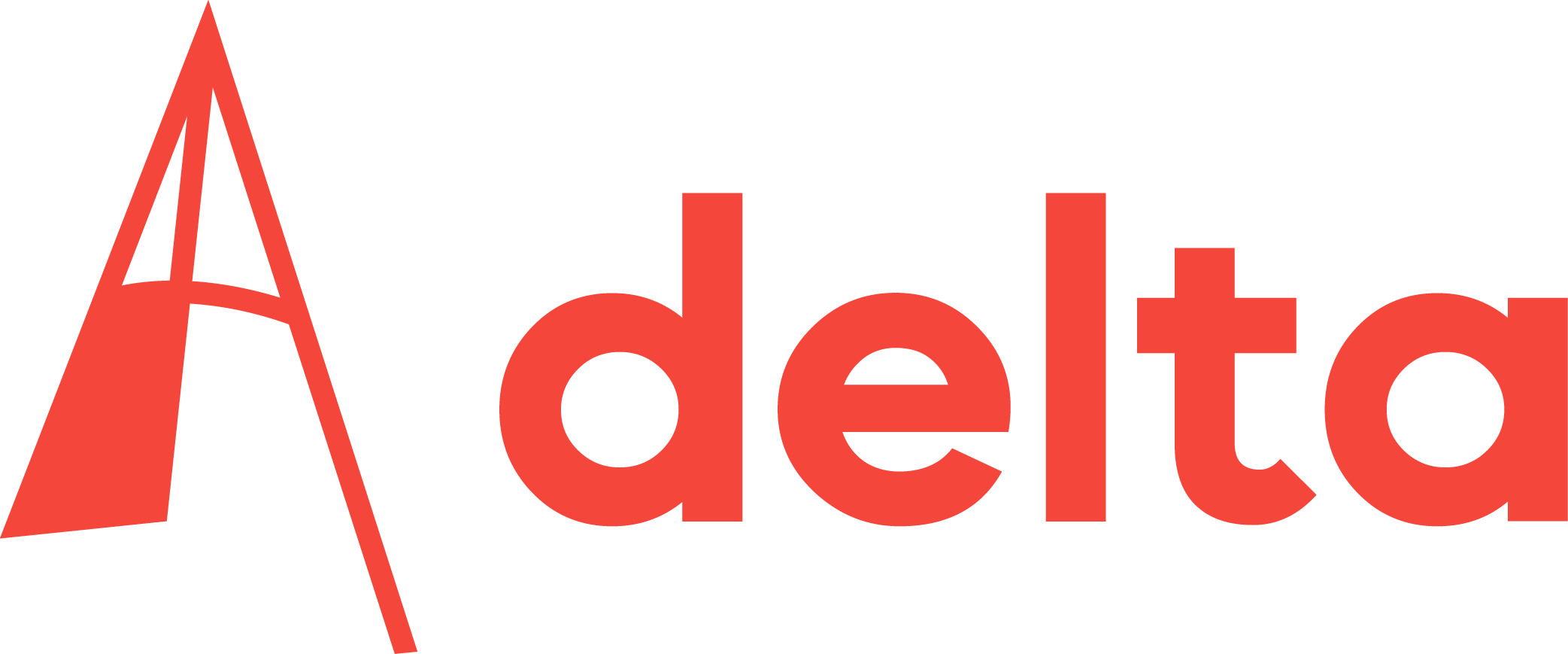Extra security officers are walking around Architecture and Colonialism’s final exhibition and the anonymised work is behind glass. The exhibition is sensitive and has a turbulent history.
The exhibition of the subject architecture and colonialism. (Photo: Anonimous visitor)
It is packed and strikingly quiet in the T hall in the Faculty of Architecture and the Built Environment on Tuesday 6 May in the afternoon. About 80 people are sitting at tables, on the floor or are standing against the wall at the back. There is little chatter and what there is, is whispered. The visitors are waiting for the opening of the final exhibition of the Architecture and Colonialism elective. It is a sensitive subject with a controversial high point.
The elective this year is a pilot about Palestine. The exhibition in the corridor outside hall T contains all sorts of objects. One is a piece of textile inspired by keffiyeh shawls on which memories have been written. There are glass pictures with images that tell ‘controversial’ stories. There is also a tent made of opaque white material that represents the house of a refugee.
Behind glass
Once in the corridor, a student wants to talk about her design called Hands to remember, but she wants to remain anonymous, as most of the others do. “Something small like a piece of embroidery can be so meaningful for people who have had to flee their country. We chose three Palestinian patterns that visitors can embroider themselves. We will thus create a meaningful piece of cloth. If people do the embroidery themselves, the memory of the design stays with them longer.”

That was in any case the plan, the student said. “But we just heard, at the end of the lesson, that the designs have to be behind glass. This is such a pity. We can embroider today, but not after that.”
This and other changes in the exhibition were made because of various incidents during the elective. What happened?
Exuding authority
The Architecture and Colonialism elective, of which this exhibition is the end result, is new. It examines the role of architecture in colonialism. “Colonists use buildings as a way to exude authority. In doing so, they have an impact on people’s everyday lives,” explains one of the elective’s teachers. On the advice of her lawyer she wants to remain anonymous for reasons of safety (her name is known to Delta).
The reason was the cancellation of a dialogue about the destruction of Gaza in April 2024. “Two days before it was supposed to take place it was cancelled because of vandalism and pressure. Posters were destroyed and we had them pick out of the rubbish,” said the teacher.
‘Even students outside TU Delft wanted to attend’
She says that the idea of creating a subject for discussion without being attacked emerged in the discussions thereafter. Registration opened at the end of November 2024. All the places were immediately filled. “Even students outside TU Delft wanted to attend,” says the teacher.
She emphasizes the academic value of the subject. “Research on colonialism in architecture in not only relevant for Palestine, but also for many other countries. The need for it is increasing.”
Incidents
But the problems already started during the very first lesson on 12 February, the teacher says. “Intruders came into our classroom. There were screenshots of our LinkedIn page with messages on the tables. They said I was talking about holocaust cynically.” There were other incidents too in the months that followed. “It was very hard to teach this subject. I expected problems in every lesson.”
‘The question of whether we were in danger was raised regularly’
Student Nabil Bouddount agrees. “It felt like a battle doing this subject. We looked at it with critical and academic eyes. But we were often accused that the subject was a protest. The question of whether we were in danger was raised regularly.”
During a lesson halfway through the elective the students were told that the final exhibition would be cancelled, says the teacher. According to the Faculty, the exhibition was not scrapped entirely but was shortened from two weeks to just one day. The spokesperson says that the reason for this was ‘concern about potential unrest’. Independently of the teachers, the students decided to write a letter to the Dean of the Faculty and to the head of the degree programme. They wrote:
‘We urge you to protect the academic freedom of your students here at our Faculty of Architecture and the Built Environment at TU Delft. We are requesting an urgent meeting to discuss the recent cancellation of our final exhibition in our Faculty. […] Our work has as much validity as all other work being produced by students who decorate the halls of TU Delft. […] Our carefully curated exhibition deserved the platform it was initially promised.’
Adapted exhibition
The letter helped. The final exhibition was held, though was adapted. The works are anonymous to protect the students from intimidation and all the objects are behind glass. There is also extra security. The Faculty deemed the latter necessary ‘because of the likelihood that a person who is banned from campus and who previously tried to disrupt the lessons may come here’.
‘Some students are afraid to come today’
On top of this, not all the objects made are on view. The teacher says “They made brilliant videos, but because they reveal their faces, they don’t dare show them. Also, some students are afraid to come today. That is very sad.”
The exhibition can be seen up to Friday 16 May in the corridor outside Hall T at the Faculty of Architecture and the Built Environment.



Comments are closed.